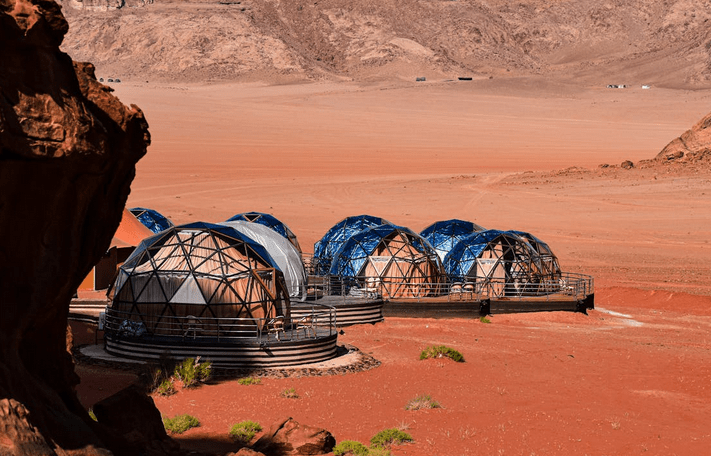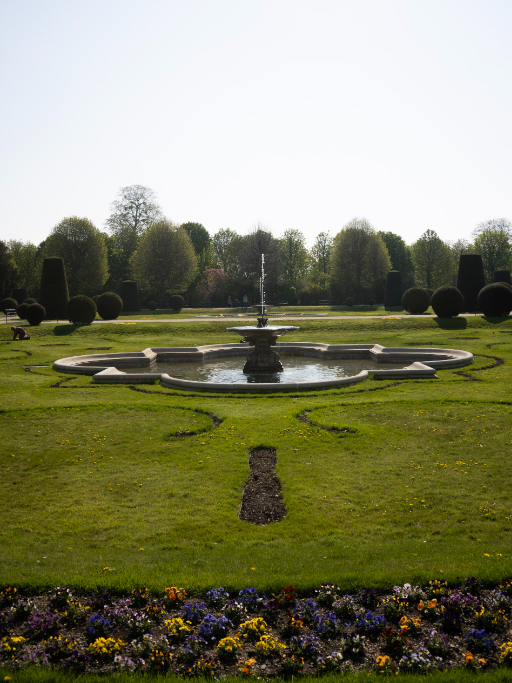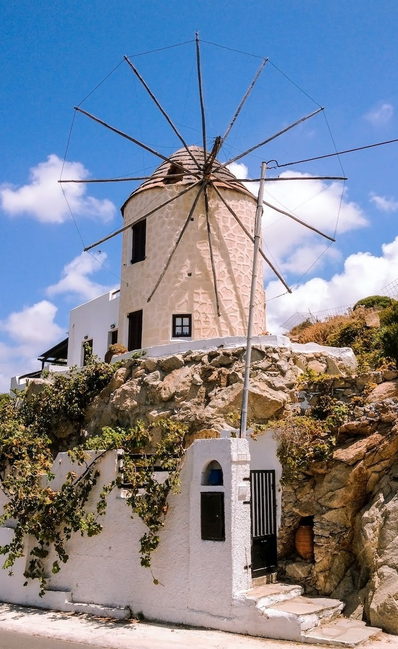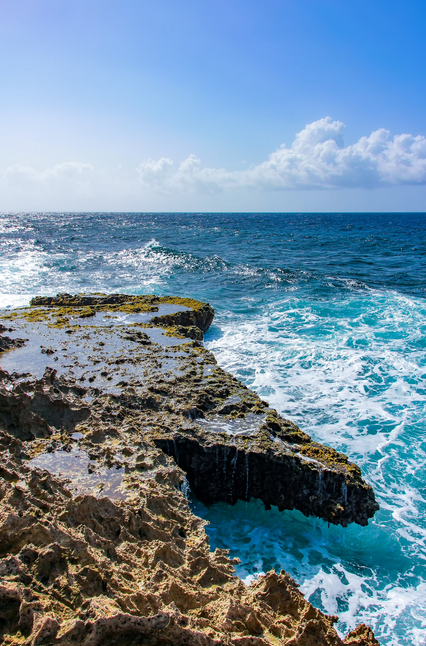Wadi Rum Like Never Before: Essential Tips for a Memorable Desert Experience

Nestled in the southern part of Jordan, Wadi Rum stands out as a mesmerizing desert valley renowned for its stunning, unspoiled landscapes. Often referred to as the Valley of the Moon, Wadi Rum offers a serene escape from the bustling pace of city life. Its remote location and dramatic scenery make it an ideal destination for those seeking solitude and adventure amidst nature’s grandeur.
Wadi Rum, located in the southern region of Jordan, is an enchanting desert valley celebrated for its dramatic landscapes and breathtaking natural beauty. This remote desert destination provides a unique escape from the hustle and bustle of city life.
The vast, barren expanse, with its towering rock formations and sweeping sand dunes, offers visitors a chance to immerse themselves in a tranquil environment, far removed from the ordinary. Whether you’re seeking adventure or simply wish to bask in the serene beauty of the desert, Wadi Rum is an ideal destination for a memorable and rejuvenating experience.
How to Get There

Reaching Wadi Rum involves traveling to one of several nearby cities before making your way to the desert. The primary gateways include Aqaba, Petra, Amman, and the Wadi Araba border. From these cities, you can access Wadi Rum by various means of transportation.
Most cities have bus services that travel directly to or near Wadi Rum, providing a cost-effective and convenient option. However, if the bus schedules do not align with your travel plans, taxis are readily available and can often be negotiated for a better fare. For those seeking a more personalized touch, arranging private transfers or guided tours can ensure a smooth and hassle-free journey, allowing you to focus on the excitement of your desert adventure.
Types of Accommodation
Accommodation options in Wadi Rum cater to a variety of preferences and budgets, ensuring that every traveler can find a suitable place to stay. For those seeking an authentic experience, traditional Bedouin camps offer a chance to live as the locals do, with simple yet comfortable amenities. These camps often feature communal dining areas and shared facilities, allowing you to fully immerse yourself in the cultural experience of the desert.
On the other hand, luxury tents and chalets provide a more refined experience, combining modern comforts with the charm of desert living. For an extraordinary experience, some camps offer the opportunity to sleep under the stars, providing a unique vantage point from which to enjoy the spectacular desert night sky. Each accommodation choice enhances your connection with the stunning landscape of Wadi Rum.

Climate
Wadi Rum’s climate is characterized by its extreme desert conditions, with hot, arid weather throughout the year. The region is known for its dry atmosphere and infrequent rainfall, making it one of the driest areas in Jordan. Average temperatures in Wadi Rum hover around 66º Fahrenheit, but they can vary significantly, ranging from a chilly 37º Fahrenheit during the night to a sweltering 95º Fahrenheit during the day.
While rain is rare, it is possible to experience occasional showers or even light snowfall during the winter months of January and February. Understanding these climatic conditions is crucial for proper preparation, ensuring that you’re equipped to handle the extremes of desert weather and fully enjoy your time in this remarkable environment.
Best Time to Visit

Wadi Rum offers a rewarding experience throughout the year, but certain periods are particularly favorable for different activities. From March to May and September to November, the weather is generally pleasant, with ample sunshine and moderate temperatures, making these months ideal for exploring the desert.
For those interested in hiking or climbing, the best time to visit is between October and April, when temperatures are cooler and more comfortable for outdoor activities. February is an excellent month for witnessing the desert’s flora in bloom, providing a rare and beautiful sight amidst the arid landscape.
The peak tourist seasons are September, October, March, and April, so advanced planning and bookings are recommended to make the most of your visit during these popular times.
Ready to embark on the adventure of a lifetime in Wadi Rum, Jordan? The Trip Atelier takes the stress out of vacation planning. Schedule a consultation to plan your memorable adventure!






